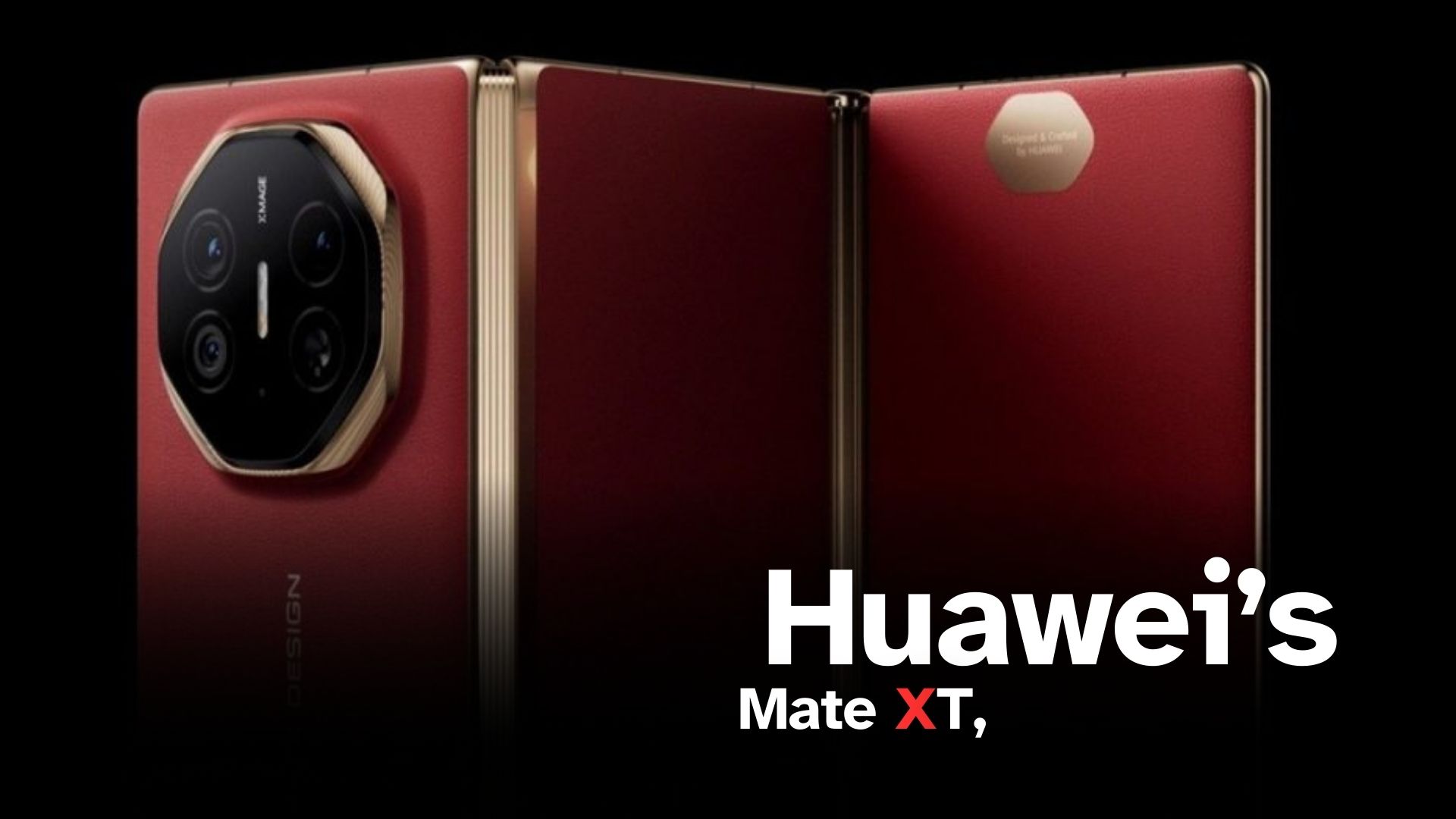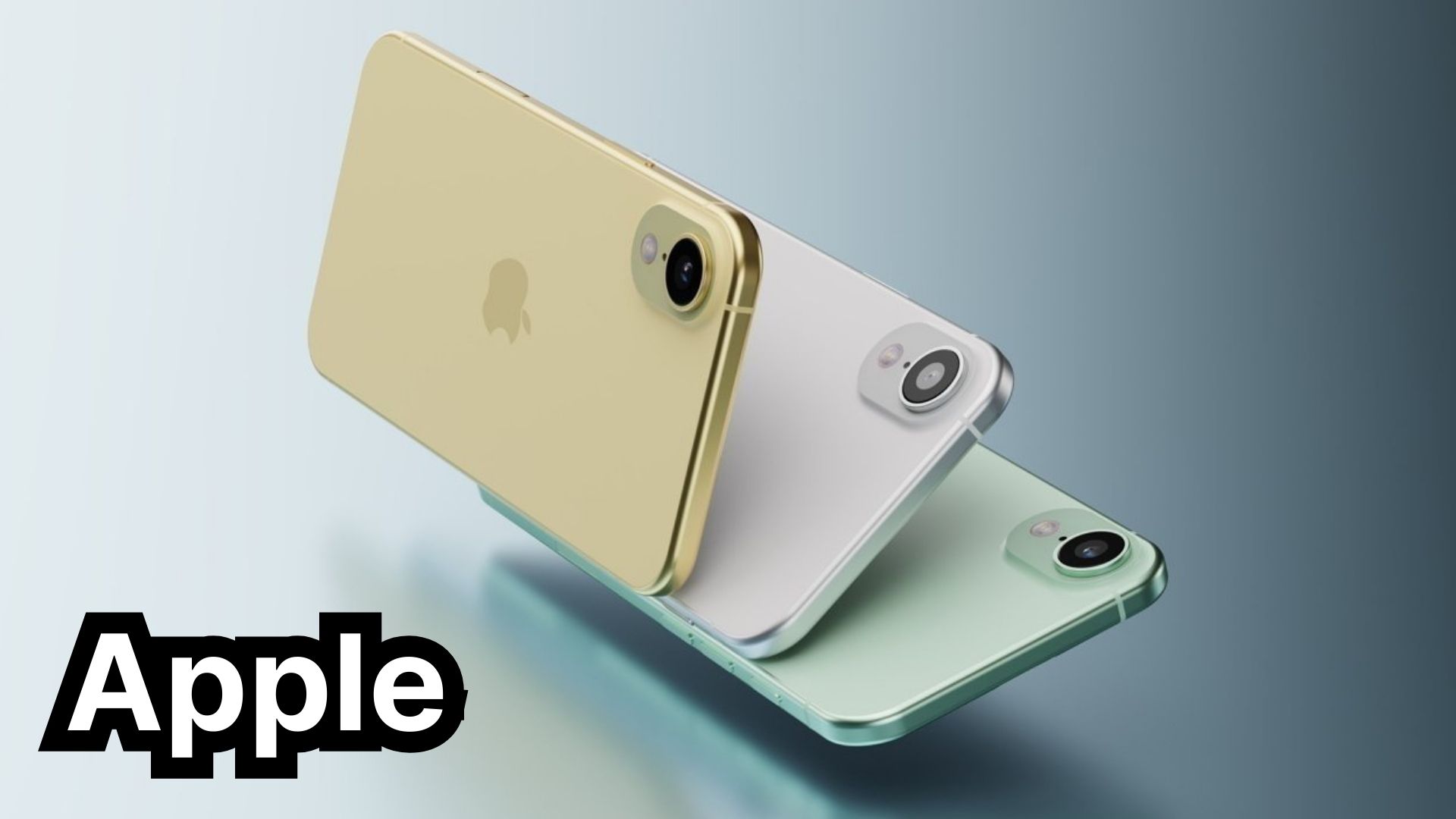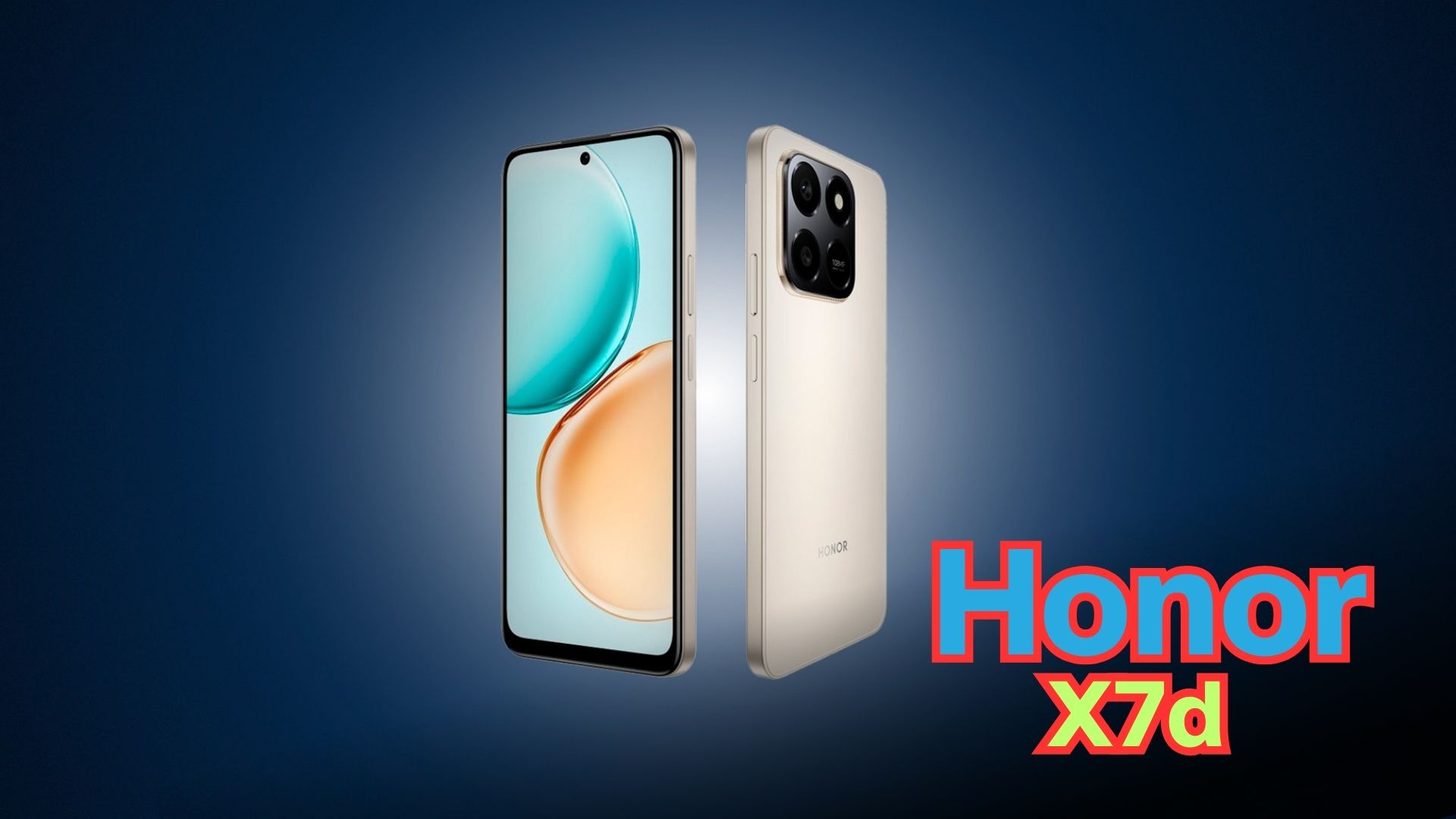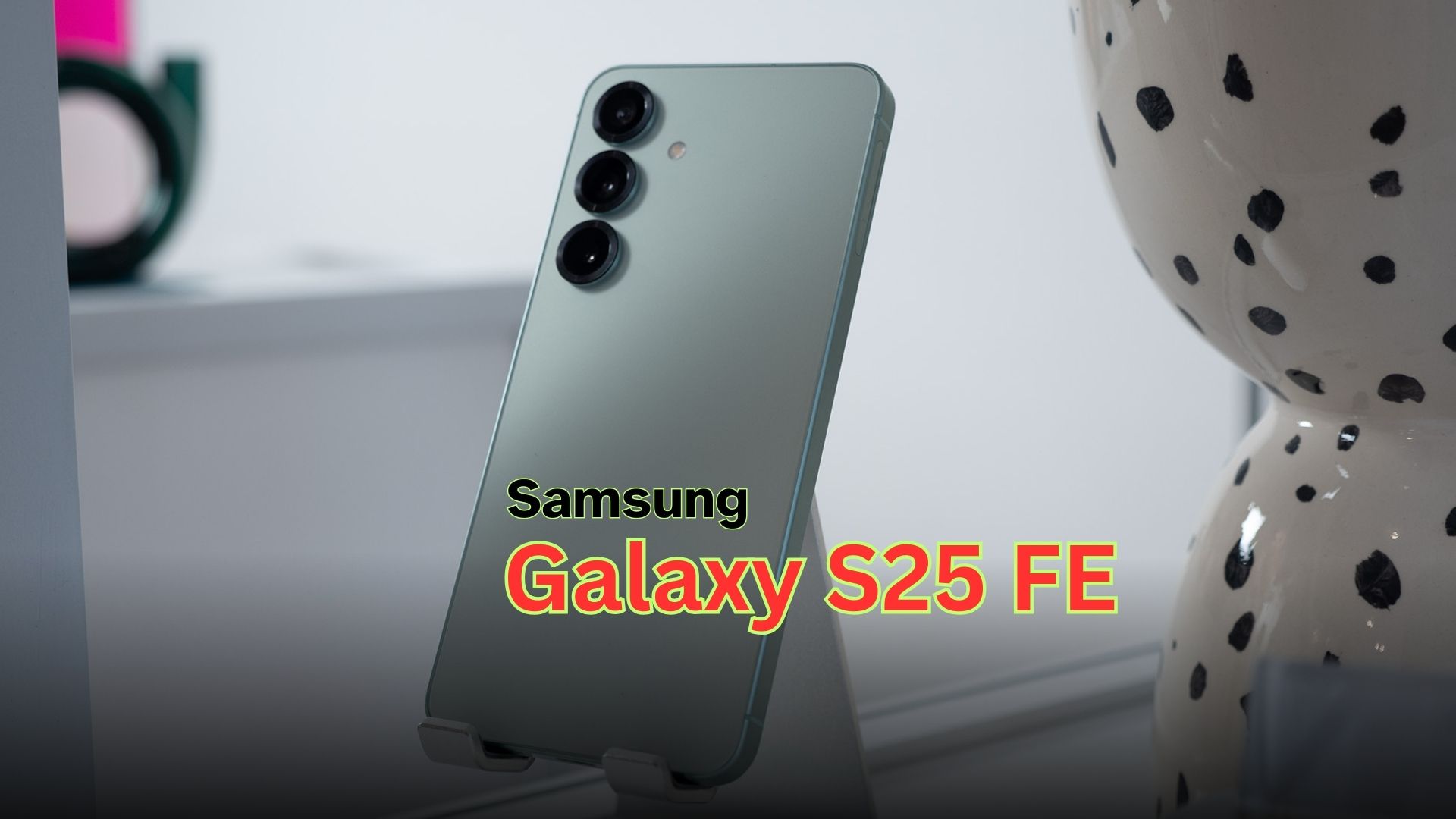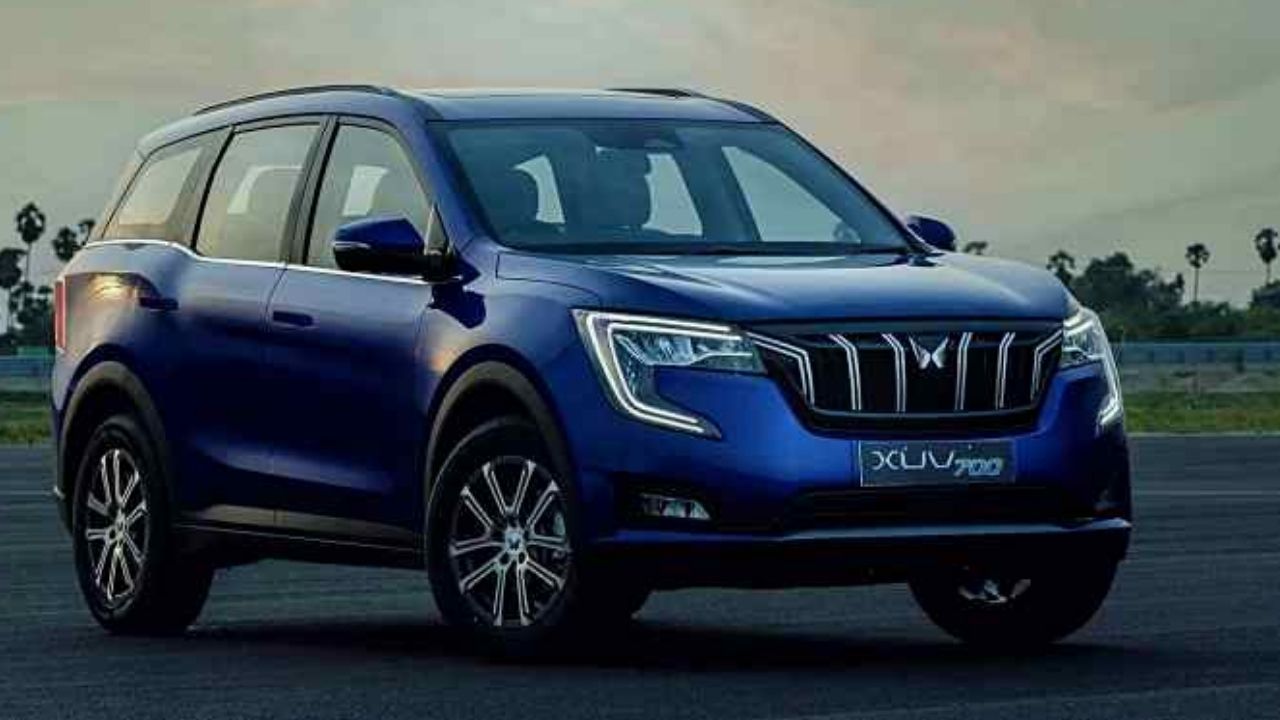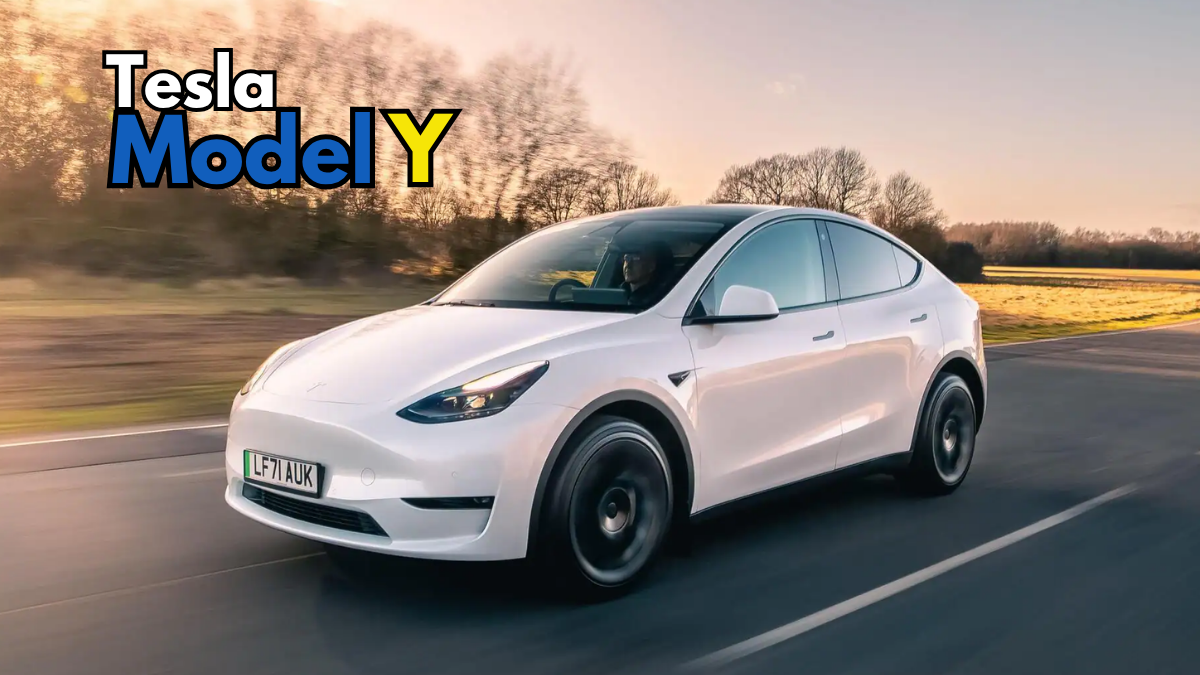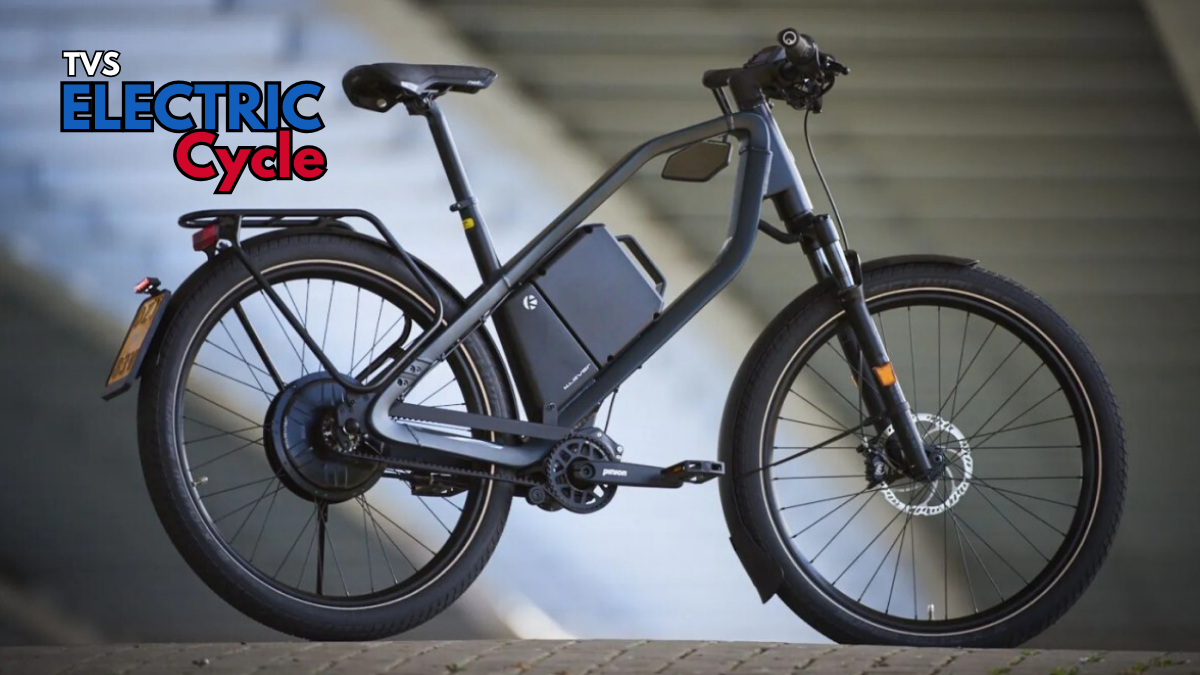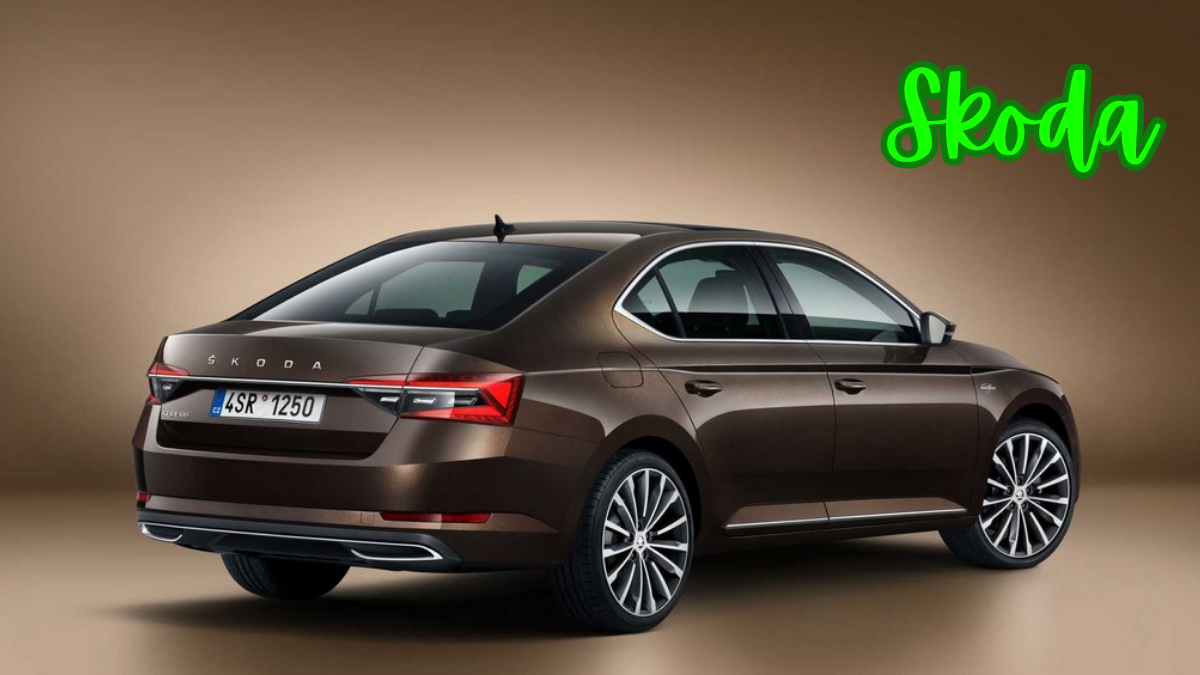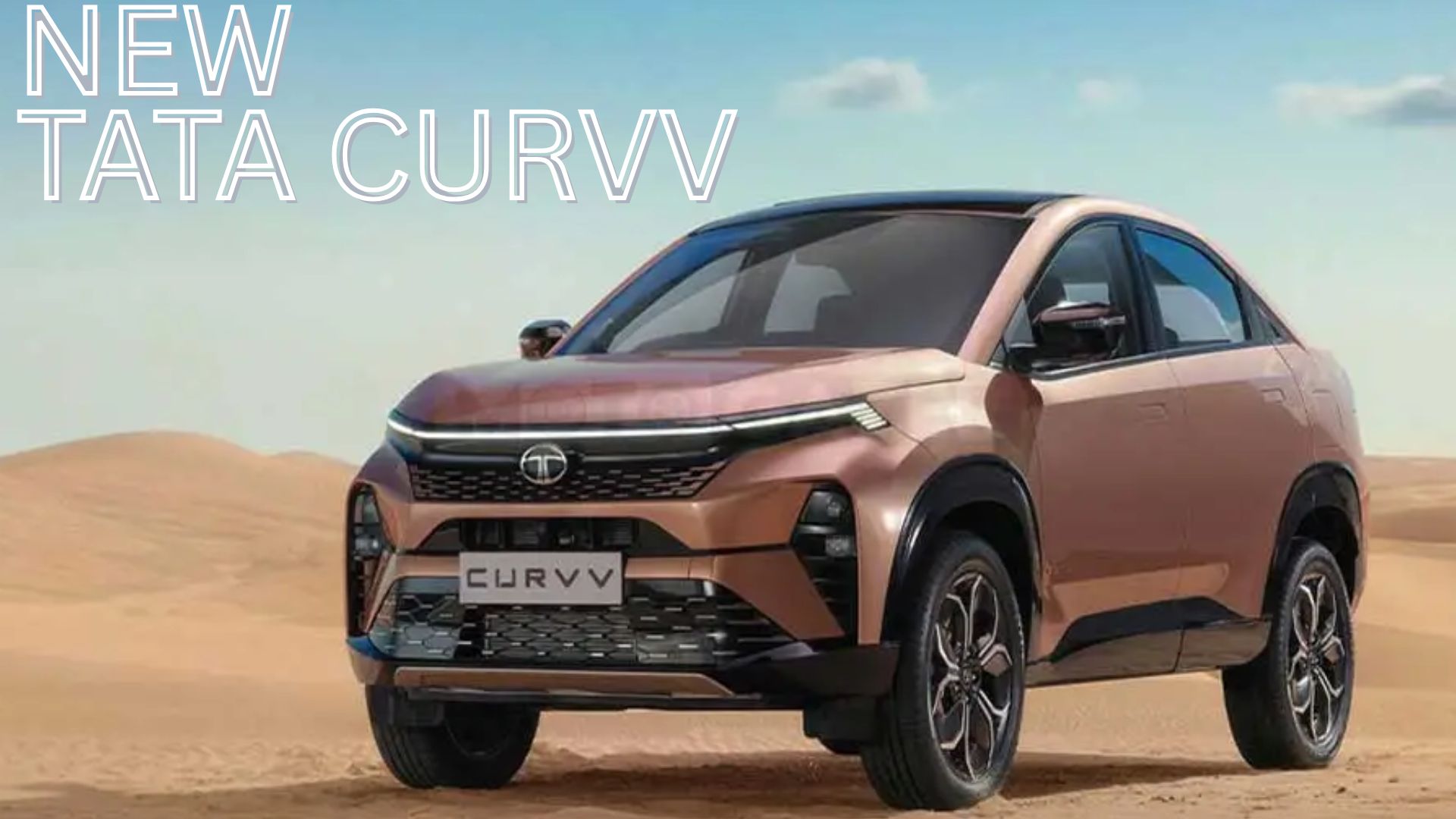Huawei has redefined the future of smartphones with the launch of the Mate XT, the world’s first tri-fold smartphone. Unlike traditional foldables that rely on a single hinge, the Mate XT unfolds twice to transform from a 6.4-inch phone into a massive 10.2-inch tablet. Combining bold design, powerful hardware, and futuristic engineering, the Mate XT is more than just a smartphone it’s a glimpse into where mobile technology is heading.
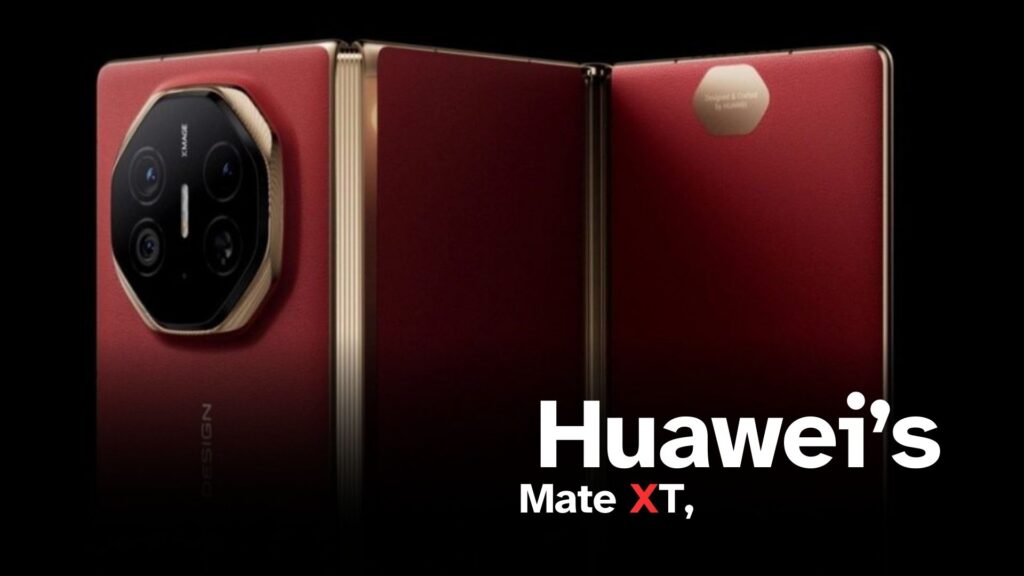
A Glimpse of the Future in Shenzhen
Walking through Shenzhen, often called the Silicon Valley of China, one cannot ignore the city’s futuristic vibe. Technology is deeply integrated into the fabric of life here, from AI-driven public services to cutting-edge consumer electronics. During my visit last week, I stumbled upon a Huawei flagship store inside Shenzhen’s MixC World shopping mall. Among electric smart cars that rival Tesla, one device caught my attention: the Huawei Mate XT, the world’s first tri-fold smartphone.
Priced at approximately $4,088 outside China, the Mate XT is far from affordable. But what sets it apart is not the price it’s the groundbreaking design and engineering that redefine what a smartphone can be.
Quick Summary
Feature |
Details |
|---|---|
Model |
Huawei Mate XT |
Type |
Tri-fold smartphone |
Display |
6.4-inch (folded) / 10.2-inch (unfolded) |
Processor |
Huawei Kirin 9010 |
RAM |
16GB |
Storage |
1TB |
Battery |
5,600 mAh |
OS |
HarmonyOS |
Thickness (Folded) |
12.88 mm |
Price (Outside China) |
Approx. $4,088 |
Official Website |
From Foldable to Tri-Fold: The Next Evolution
Phones With Two Screens Are No Longer Enough
Foldable smartphones are no longer a novelty. Devices like Samsung’s Galaxy Z Fold have already brought the book-style foldable to the mainstream. However, Huawei pushes the boundaries further with the Mate XT’s tri-fold design.
When folded, the Mate XT appears as a chunky yet manageable smartphone with a 6.4-inch screen. Open it once, and you see a larger surface. Open it again, and it transforms into a 10.2-inch tablet. This accordion-style unfolding feels surreal at first but quickly becomes intuitive.
The phone’s three folding layers are magnetically held together, ensuring a sturdy build despite its complex engineering. Huawei deserves credit for making such a bold design practical to handle.
Design and Build Quality
At 12.88 millimeters thick when folded, the Mate XT is bulkier than traditional smartphones but noticeably thinner and lighter than a standard 10-inch tablet. This balance makes it a unique hybrid—neither too cumbersome for daily use nor too fragile for practical handling.
The screen features two subtle creases similar to other foldables. While they are visible from certain angles, during my hands-on session under controlled lighting, the creases almost disappeared while watching videos.
That said, the Mate XT is not a one-handed device. Most interactions require both hands, especially when fully unfolded into tablet mode.
The Tablet Experience on the Go
The Mate XT’s biggest strength lies in its ability to double as a portable tablet. With its expansive 10.2-inch display, it can serve as a productivity device when paired with a Bluetooth keyboard and mouse. Watching videos, browsing, and reading documents feel more immersive compared to regular smartphones.
However, software remains a challenge. The Mate XT runs HarmonyOS, which does not support Google Mobile Services. That means no Play Store, Gmail, or Google Docs. Although apps can be sideloaded on some Huawei devices, HarmonyOS Next may phase out Android compatibility altogether. For users outside China, this is a significant drawback.
Hardware and Performance
The Mate XT is powered by Huawei’s custom Kirin 9010 processor, backed by 16GB of RAM and 1TB of storage. Navigating apps felt smooth during my limited test, with no noticeable slowdowns.
Still, questions remain about the Kirin chip’s competitiveness against Qualcomm’s Snapdragon and Apple’s A-series processors. Performance aside, the user experience largely depends on Huawei’s software ecosystem, which still feels limited compared to Android and iOS.
Practicality vs Showcase
The Mate XT is undoubtedly a technological marvel, but is it practical? On one hand, it showcases Huawei’s engineering brilliance and determination to innovate despite US sanctions. On the other, durability, software limitations, and high pricing make it a niche luxury device rather than a mass-market smartphone.
The 5,600 mAh battery, though respectable, may struggle to power the expansive display for long hours. The device’s front screen, which also serves as the back when half-open, raises concerns about scratches and long-term durability.
Verdict: Luxury or the Future of Smartphones?
The Huawei Mate XT is less about being the perfect consumer smartphone and more about proving what’s possible. It is bold, experimental, and futuristic. For Chinese users integrated into Huawei’s ecosystem, it is a premium flagship. For international users, it remains more of a showcase device than a daily driver.
While its future adoption depends on software innovation and durability improvements, the Mate XT firmly establishes Huawei as a leader in foldable technology.
FAQs
1. What makes the Huawei Mate XT different from other foldables?
A. The Mate XT is the world’s first tri-fold smartphone, expanding from a 6.4-inch phone to a 10.2-inch tablet.
2. Does the Huawei Mate XT support Google services?
A. No, due to US sanctions, Huawei phones no longer ship with Google Mobile Services.
3. Can the Mate XT replace a laptop?
A. With a Bluetooth keyboard and mouse, it can function as a mini workstation, though its software limitations may hinder advanced productivity.
4. How durable is the tri-fold design?
A. The Mate XT feels sturdy, but concerns remain about screen creases and scratches over long-term use.
5. Is the Mate XT worth buying outside China?
A. For international users reliant on Google apps, it may not be practical. In China, where HarmonyOS is widely adopted, it is a premium flagship option.
For More Information Click HERE
